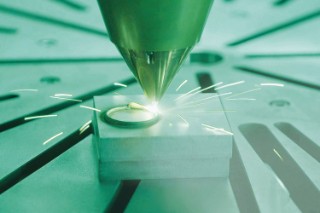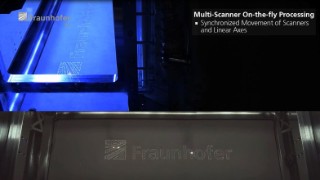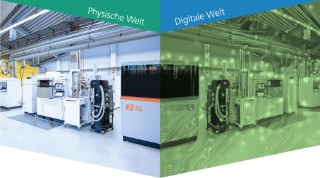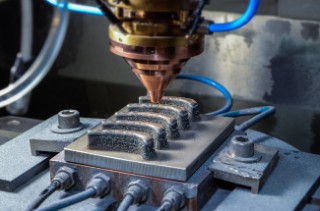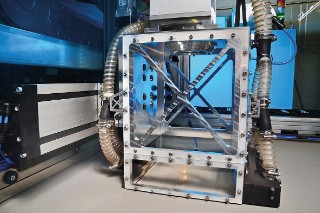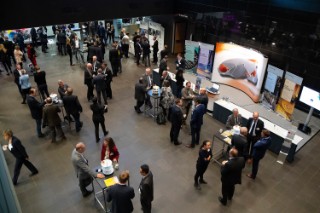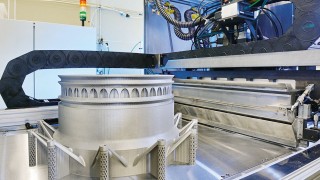
The Fraunhofer Lighthouse project futureAM was launched in 2017 with the aim of accelerating the additive manufacturing (AM) of metal components by at least a factor of 10. Activities focused on a holistic view of digital and physical value creation from order entry to the finished metallic 3D printed component, and on the leap into a new technology generation of AM. The project partners defined the four fields of action for these goals: Industry 4.0 and digital process chain, scalable and robust AM processes, materials and system technology/automation. This video presents the project results.
more info futureAM – Next Generation Additive Manufacturing
futureAM – Next Generation Additive Manufacturing